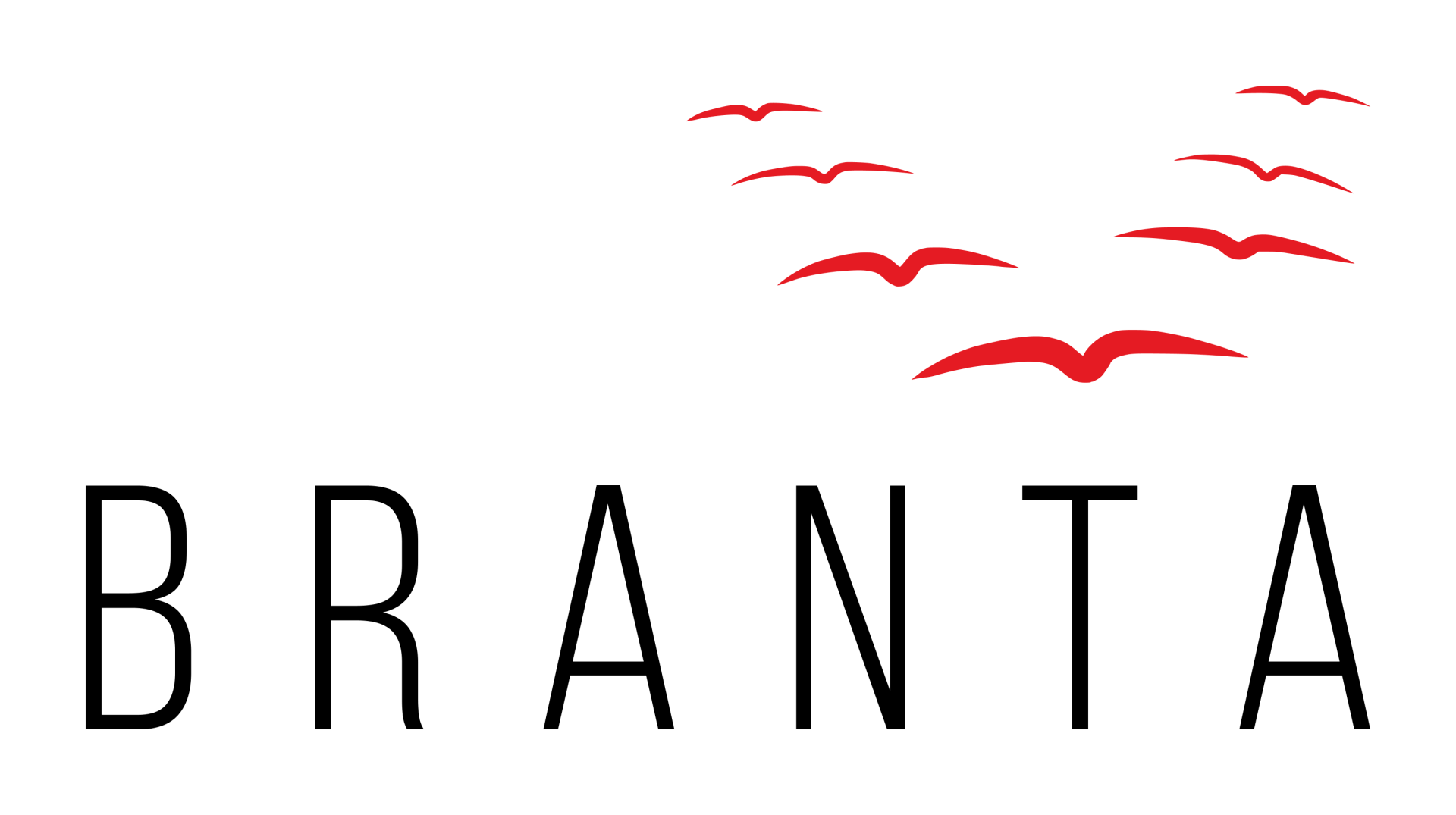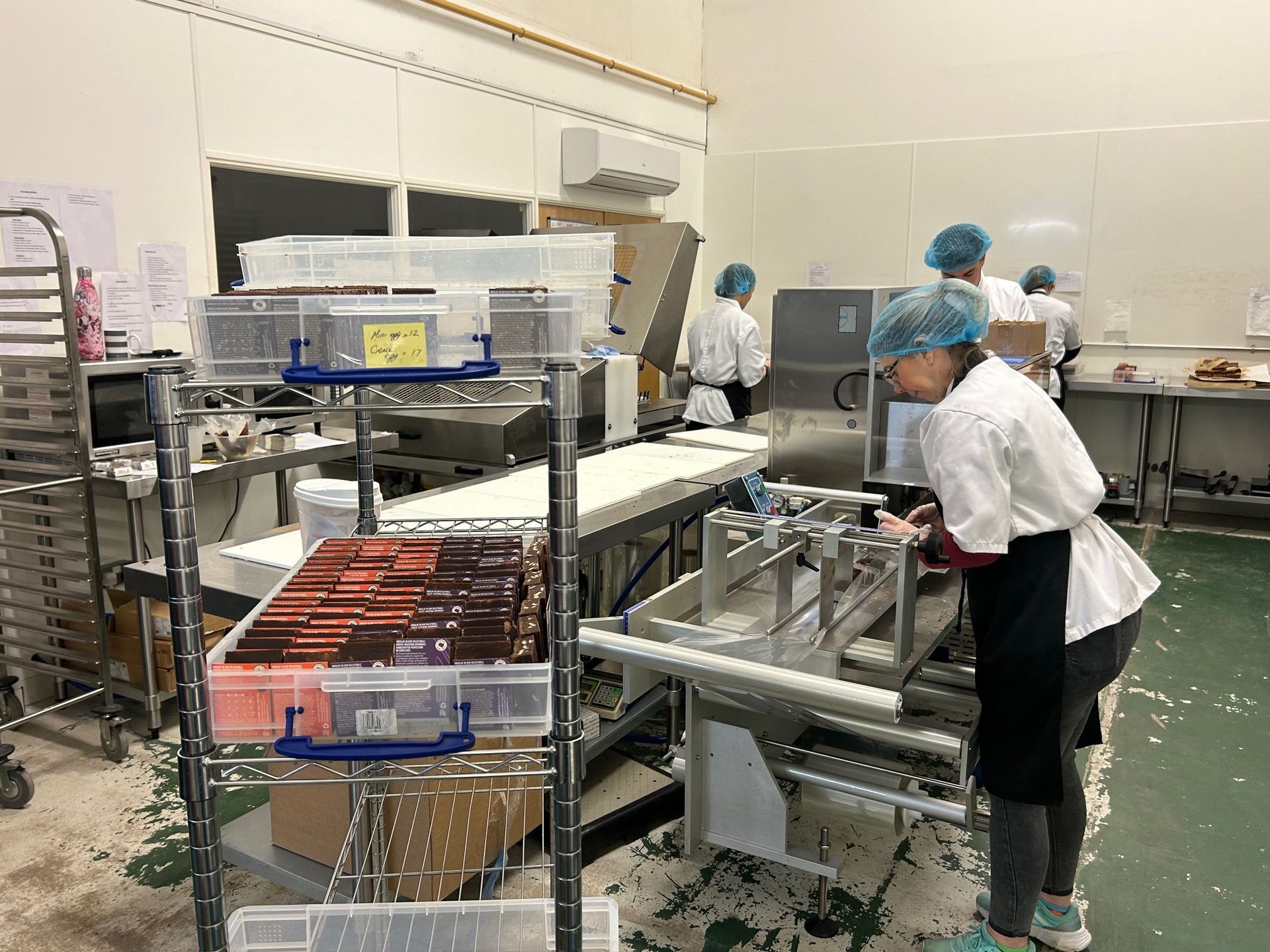Flowing Toward Growth: How Branta Wrapped Success for The Homemade Brownie Company
In the bustling world of small businesses, where innovation can be hampered by financial hiccups, Branta stands as a beacon of hope. Our recent collaboration with The Homemade Brownie Company, a UK-based artisanal brownie maker, illustrates a scenario where determination meets opportunity head-on, resulting in sweet success.

Situation
Adam Bland, the CEO of Homemade Brownie, brimmed with aspirations to fast-forward his company’s potential. However, encumbered by a challenging credit background, ambitions met a financial snag. The goal was clear — acquire a new flow-wrap machine to upscale production — but traditional funding avenues were bolted shut.
Task
Our mission was to plot a course around this financial iceberg. Branta absorbed the challenge, dedicating ourselves to discovering a financing route that defied the limitations facing our client.
Action
Leveraging our network and expertise in finding needles in financial haystacks, Branta identified an alternate source of funding. Grounded in persistence and an innovative approach, we navigated through the complex landscape of finance with dexterity.
Result
Today, thanks to our collaborative spirit, The Homemade Brownie Company hums beside their newly commissioned, daily-operated flow-wrap machine. This tool hasn't just mechanised their production; it's fortified their dreams. Adam’s vision for growth is no longer a distant mirage but a tangible, chocolate-laced reality.
"Working with Branta has been a game-changer for us. Your dedication and innovative approach not only secured the funding we desperately needed but also ensured the entire process was smooth and efficient. Thanks to Branta, our business is now equipped with the latest technology, and we're seeing growth like never before. We couldn't be happier with the results." says Adam, his hopes now baked into every brownie produced.
Emotional Impact
When hope was waning, and self-finance emerged as the bleak option, Branta's breakthrough provided more than just economic relief for Adam. It was a turning point that fuelled his ambition and accelerated the trajectory towards his business goals.
Conclusion
Branta’s work with The Homemade Brownie Company embodies the potential of strategic financial solutions, testifying to our commitment to nourishing the growth of UK SMEs. For business owners, finance managers, and accountants navigating similar choppy waters, this success story is a promise that with the right partner, every hurdle can be a stepping stone to greater heights.
---
If your enterprise craves such transformational success or you face hurdles that seem insurmountable, reach out to Branta. Because growth should be a feast, not famine – and we're in the business of baking triumphs, one solution at a time.





